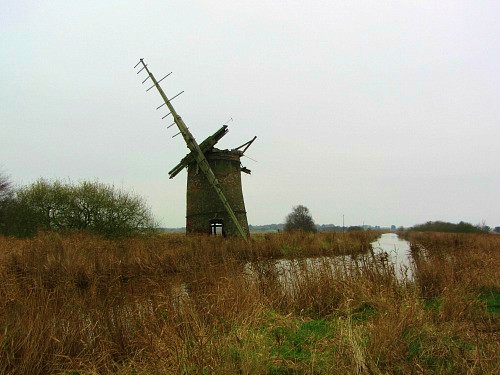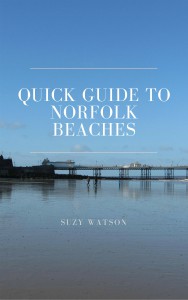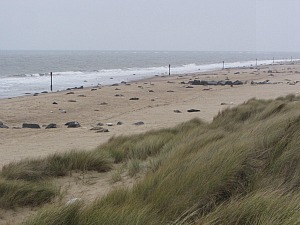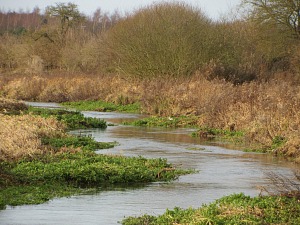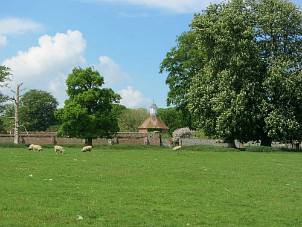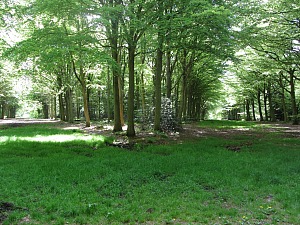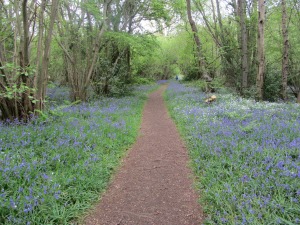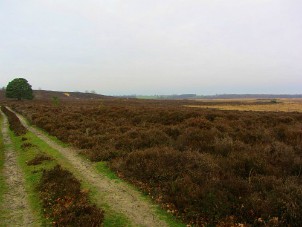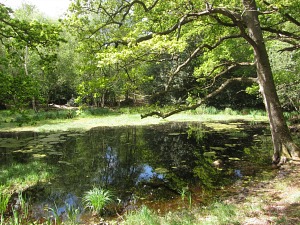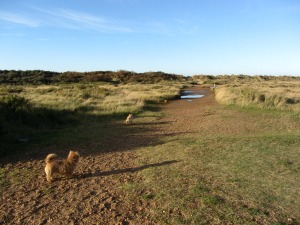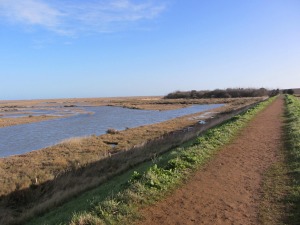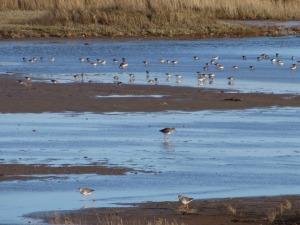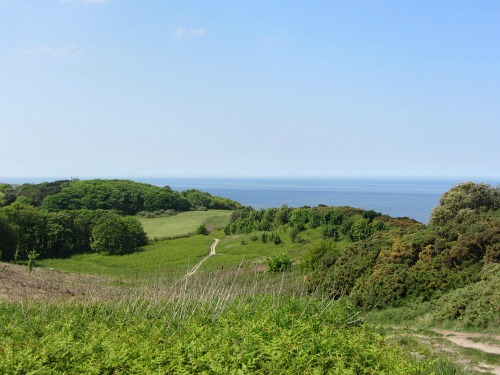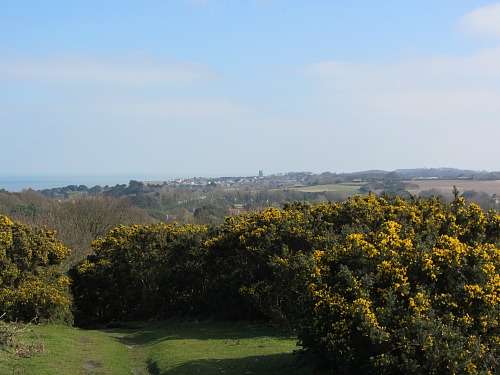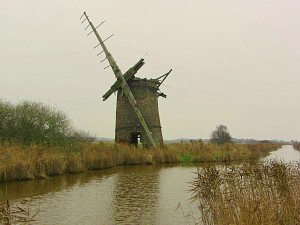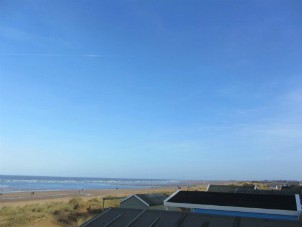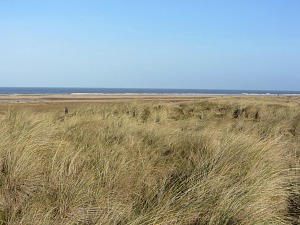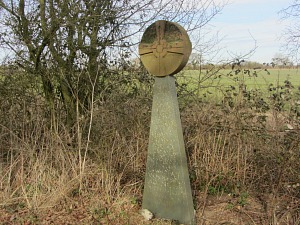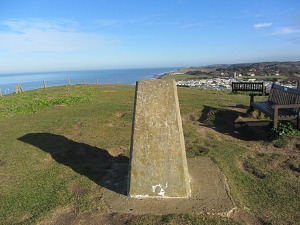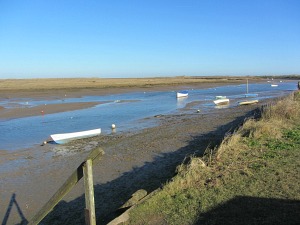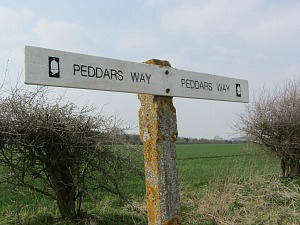- Explore Norfolk
- Coastal And Inland Walks
- Horsey Windpump Circular Walk
Horsey Windpump Coastal Circular Walk
Horsey Windpump is one of those particularly attractive sights you come across as you drive along the very typical Norfolk Broads straight but undulating roads. This is a National Trust site and one that just says “come and visit me!” It entices you in. I’ve passed this a few times and knew that sooner or later I’d be back to do this walk.
- You'll find more information on Horsey windpump towards the bottom of this page.
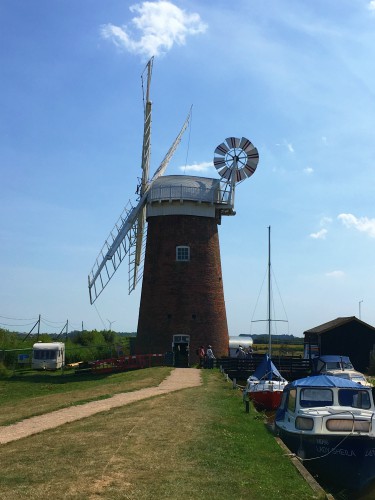
I picked this particular Norfolk coastal walk because I wanted to see the seals at Horsey Gap and knew this would fit in perfectly. And it didn’t disappoint.
I purposefully didn’t take the dogs on this walk as I knew I was going to be seeing the seals, but it is a good dog walk, although you will definitely need to keep them under control in certain areas.
The walk is about 5 miles long, although you can make it shorter by cutting out the final stage of my walk and walking through the village instead. It took me 2.5 hours, but that was including about 40 minutes watching the seals, stopping quite a few times and generally looking through binoculars and so on.
And if you need refreshments at the end of your walk, there is a pub in the village, The Nelson, which you could stop off at, or a cafe en route, The Poppyland Tearoom.
The Walk
Length: 5 miles
Ease of walk: Easy walking, flat, could be muddy
What you’ll see: Dykes, the mere, the beach and seals in winter, dunes, reed beds, meadows, farmland, WWII pill box on dunes
More details: You can find much more detail with numbered route notes and map, along with a video over on the walking guides page
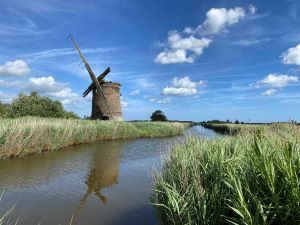
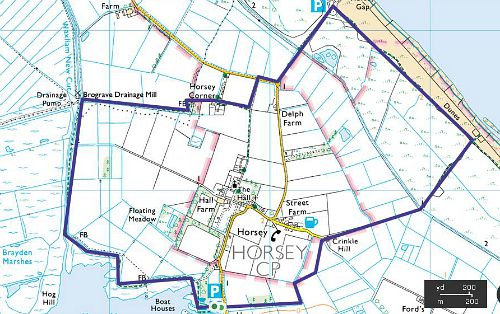
I started off at the National Trust Horsey Windpump car park where there are WC’s and a little National Trust shop selling refreshments. However, I didn’t stop at that as I was keen to get on and see the seals on Horsey beach.
I crossed over the road and followed the fairly well-trodden path heading towards the sand dunes in the distance with the wood on my left. I eventually came to a dyke and turned left, over a style, walked alongside the dyke and towards a tarmacked road. It's all fairly obvious where you walk.
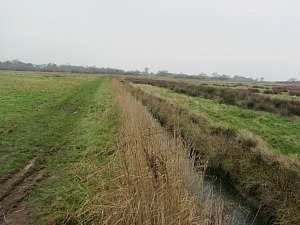
Once I reached this road, I turned right and then almost immediately took the left hand fork, again towards the sea. This fork was badly signposted, and I did begin to go the wrong way, but realised pretty quickly when I cam across a polite notice telling me I was trespassing, and when I looked closer at the fork, I saw a damaged sign saying “private road”!
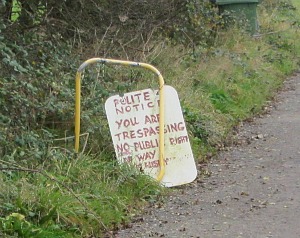
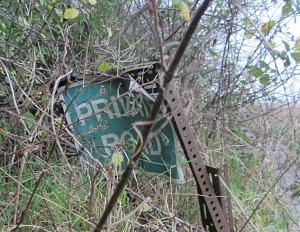
From here I took the track all the way to the dunes and arrived at the sea defences. As I did this Horsey Windpump walk in the winter, the beach was closed off for the seals and their pups. I took the small detour to the right along the dunes to arrive at the viewing platform specifically constructed for seal watching, and what a sight it was! I stayed here for about 30 minutes and then continued on my walk. Seeing the seals at Horsey makes this an extra special walk.
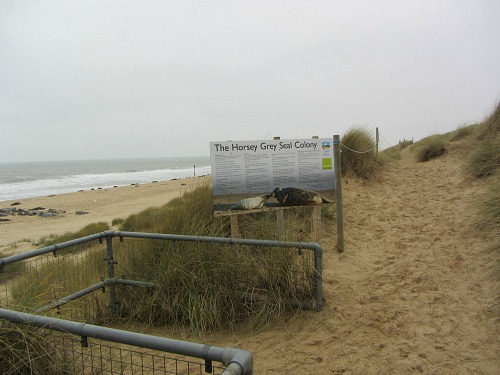
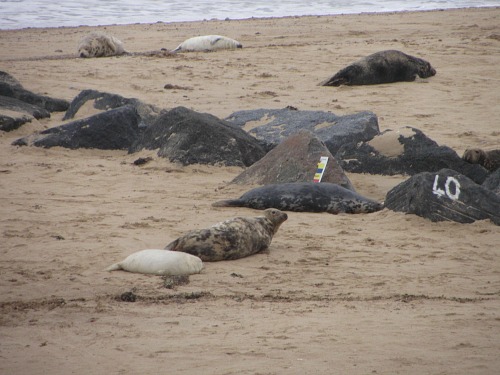
However, if you're not seeing the seals, then once you reach the beach, you turn left and can either walk along the back of the dunes in the winter, or on the beach in the summer months, passing the old WWII pill box with incredible views for miles, until you arrive at the car park. I continued out of the car park and came to the main road. I thought I would stop for refreshment here at the Popplyland tea house, but unfortunately it was closed at the time I was walking.
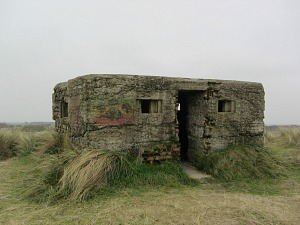
So instead, I continued on, turning right at the end of the car park road, and after about 100 meters I took a footpath (signposted) to the left through the field.
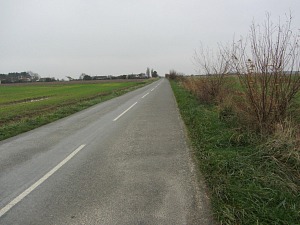
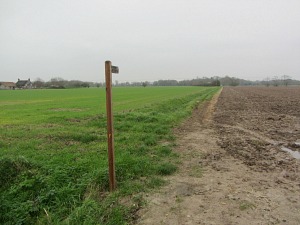
At the end of this short field by a hedge I turned right towards a small cluster of houses, following that path which brought me out onto a small narrow lane. Almost immediately, I turned left along another signed footpath along side a house and walked out towards open land.
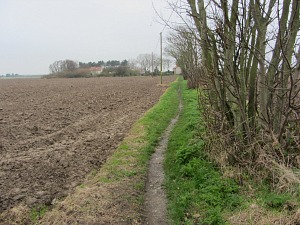
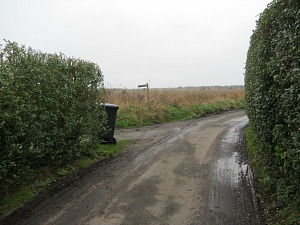
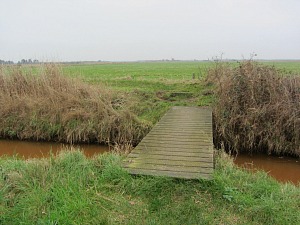
I then reached a dyke, crossed over on the footbridge and headed towards the old relic of Brograve Drainage Mill.
At this stage I wondered if I should have crossed over the bridge or stayed on the other side as there seemed to be an awful lot of cow poo! My fears however were soon put to one side when I saw a big foot print in a cow pat!
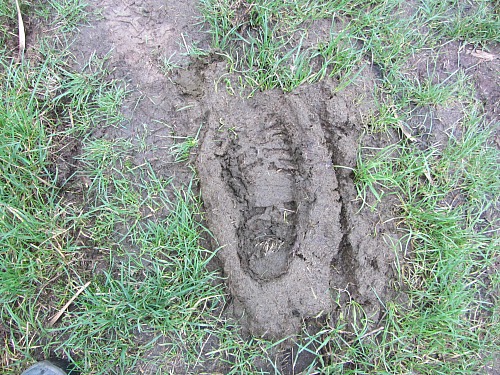
Brograve Drainage Mill is an opportunity for a photograph so you’ll want to stop and take in the view. It’s a fantastic former windpump and it’s just how you might imagine a watercolour or oil painting of the Norfolk Broads.
Once at the mill, I turned left and followed this path, walking alongside the large dyke, with reeds on my right and open countryside on my left. This path eventually took me past the side of Horsey mere which I could just spot over the tall reeds, and back to Horsey Wind pump and the car park.
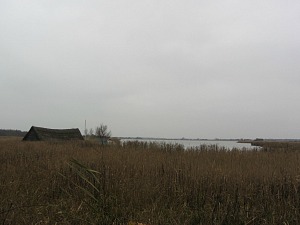
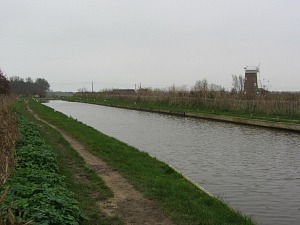
It's a very pleasant, peaceful circular walk for a morning or afternoon activity and I know you'll enjoy all the varied aspects along the way.
Horsey Windpump
Horsey windpump has just completed a restoration project on the sails (2019), and now looks magnificent on the horizon of the broads landscape. During the summer months it’s the epitome of the Norfolk Broads; summer boats moored up alongside it, the small National Trust café open for visitors and a wonderful vista towards the dunes.
The drainage windpump was built in 1912 on 18th century foundations,. You can read more on the history of the National Trust Horsey windpump site here.
In 1812, Horsey was effectively an island surrounded by marshland and with one road in and out of the village. The windpump played a vital part by draining the water from the fields and pumping it into the river, much like many of the windpumps in the Norfolk Broads.
Parking is very easy, it’s just off the main road and there is ample room, with a machine operated parking meter. You'll also find a WC and the small National Trust hut with refreshments, tea, coffee and cake.
It's suffered a few accidents in its time!
- In March 1895 the cap blew off into the road
- In 1912 work started on taking it down, brick by brick because it was in a dangerous condition
- In July 1943 Horsey Windpump was struck by lightening
- In the gales of 1987 the fantail blew off and the cap was severely damaged
- In 2019, the cap and sails were replaced - hooray!
Visiting the Windpump
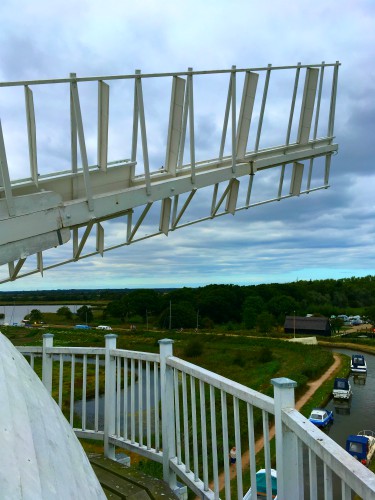
If you're visiting here, I think it's well worth paying to go into the windpump and up to the top (if you don't get vertigo). The views from the top are far reaching towards the dunes and over the marshland.
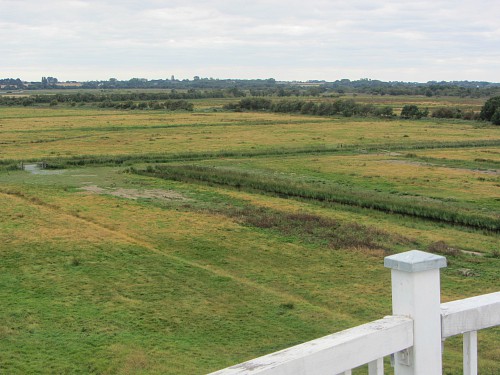
It's also incredibly interesting to see the workings of this pump and how it was used as an important source of draining the water from the surrounding land.
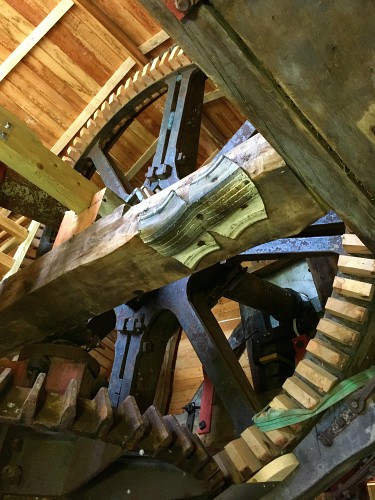
ACCOMMODATION SUGGESTION:
Pack Holidays have a large selection of dog friendly cottages around Horsey, some of which can be for any number of dogs!
Hall Farm Cottages are located in the Norfolk Broads between Horning and Ludham. They have lots of accessible cottages in one location.
Norfolk Beach Bungalows have 2 cottages with sea views in nearby Hemsby and Scratby.
PLACES TO EAT NEAR HORSEY
Dunes Cafe, Waxham Barn
The Pleasure Boat Inn, Hickling Staithe
The Swan, Ingham
This is a very pretty picturesque place to come and spend some time at.
The other coastal walk that has an unusual building along the way is Cromer Lighthouse walk, on the North Norfolk Coast. If you happen to be up in that area, that's a walk with stunning views along the coast.


